The Great Pyramids at Giza, the Parthenon in Athens, the Colosseum in Rome, and more.
c. 5000 B.C.E.–400 C.E.

The Great Pyramids at Giza, the Parthenon in Athens, the Colosseum in Rome, and more.
c. 5000 B.C.E.–400 C.E.
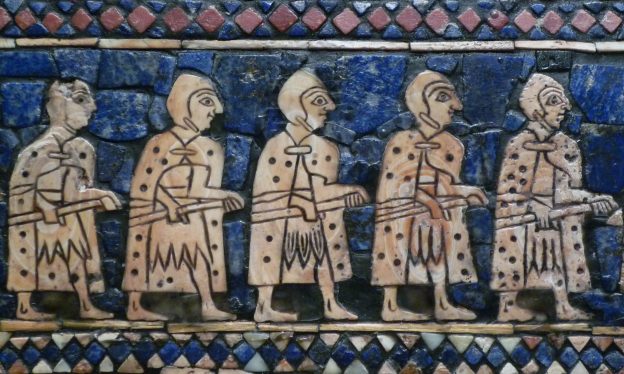
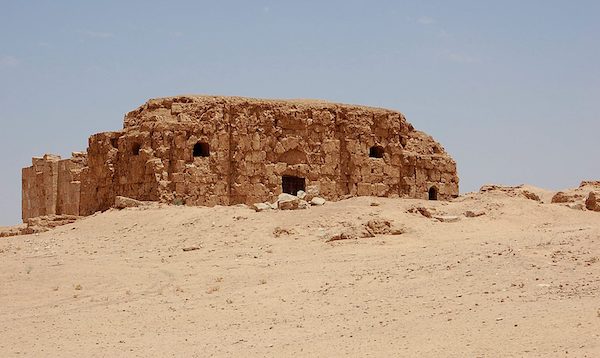
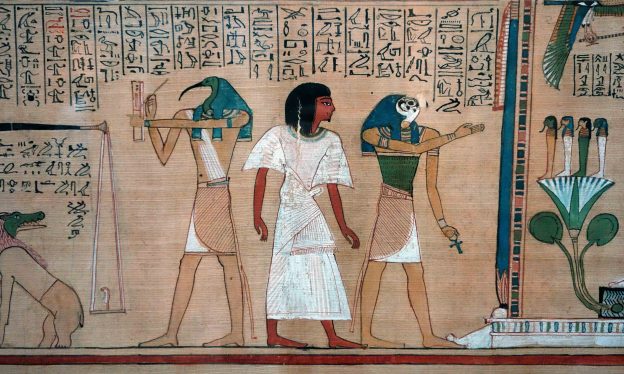
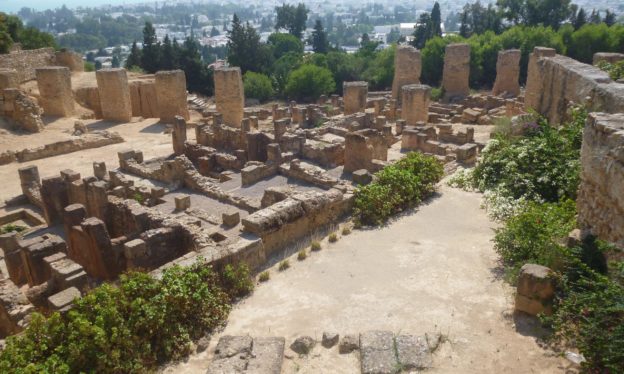
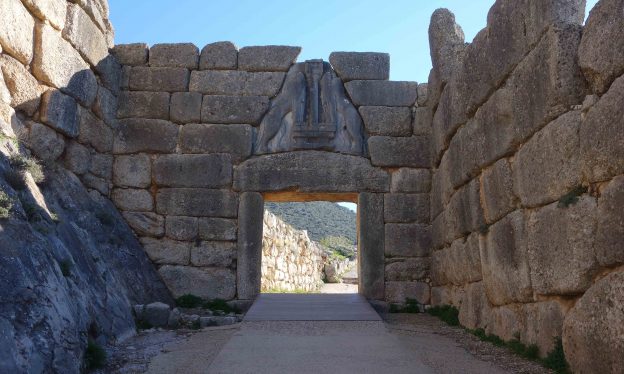
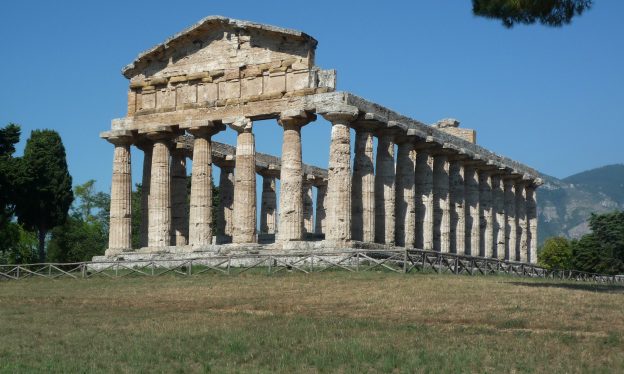
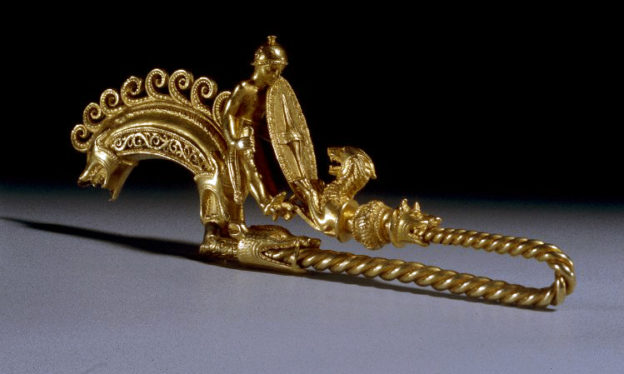
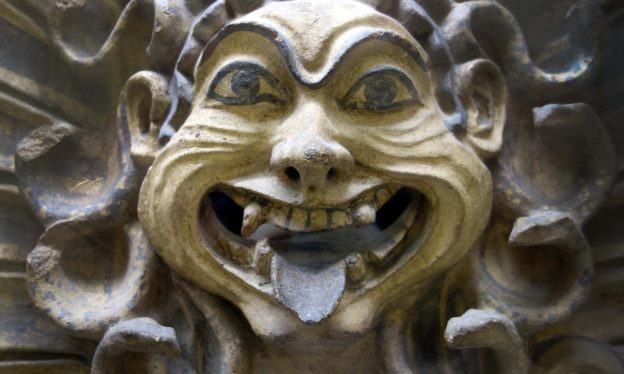
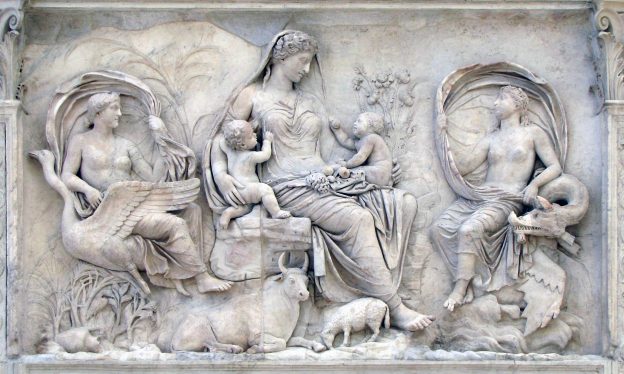
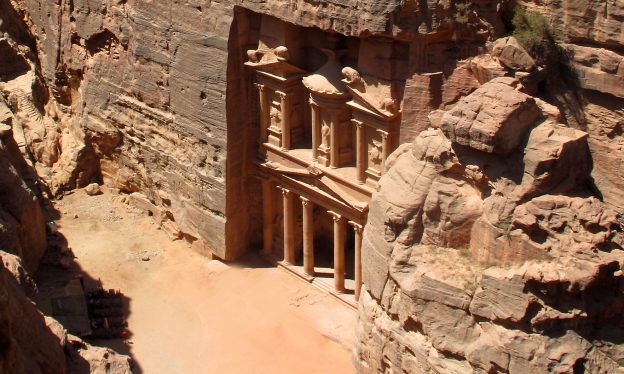
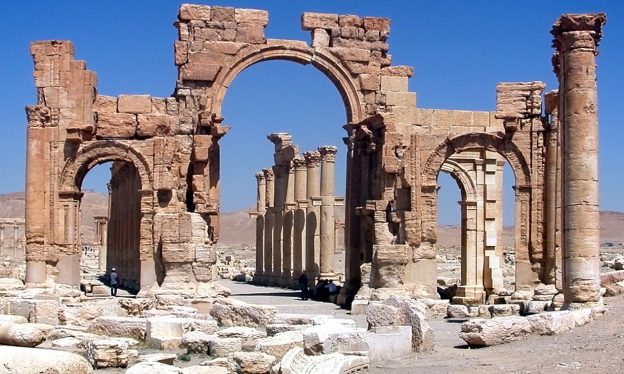
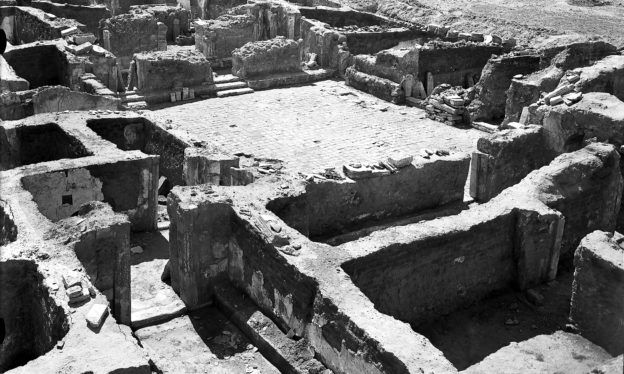

Curated Guides are collections of Smarthistory videos and essays curated and organized by leading scholars into strategic pathways for learning and teaching. Check out the 3 types of guides: The Basics, Syllabi, and Thematic Series!
Curated Guides are part of an ongoing effort to make Smarthistory even more useful for educators and learners everywhere. Stay tuned for more updates!